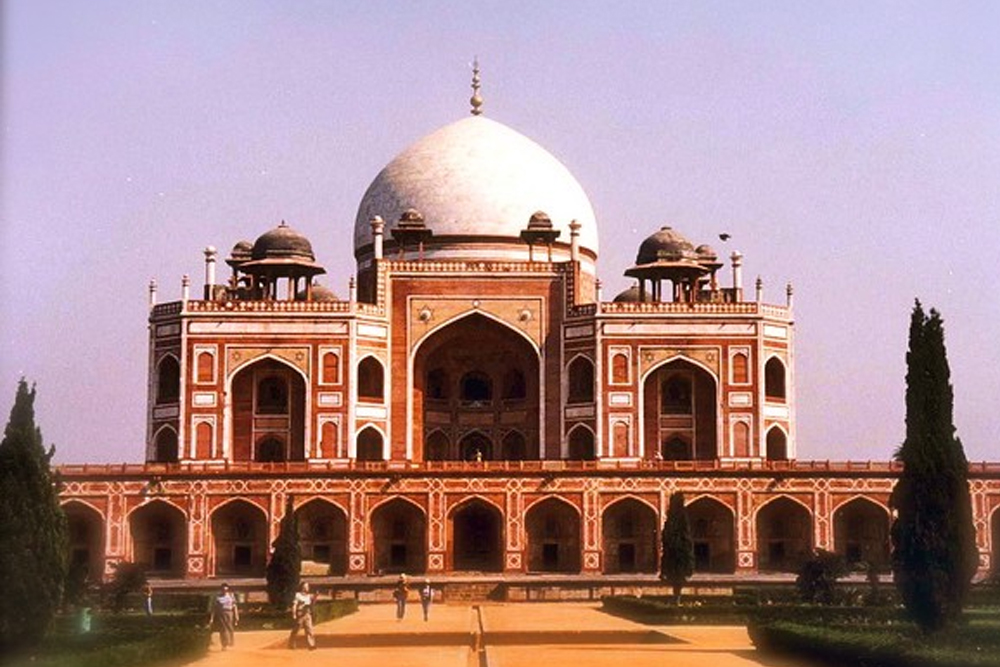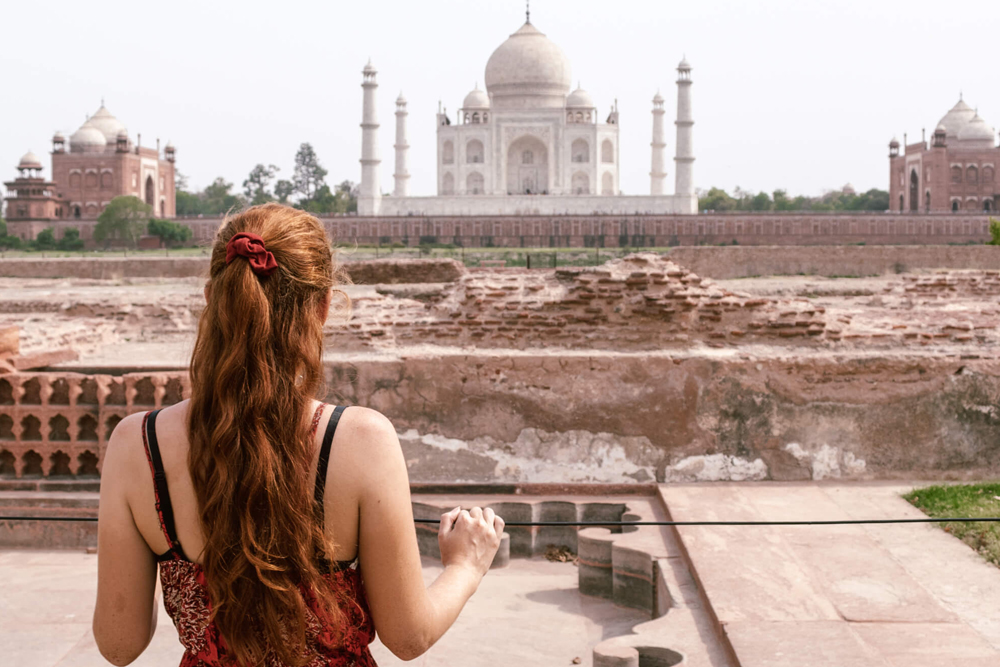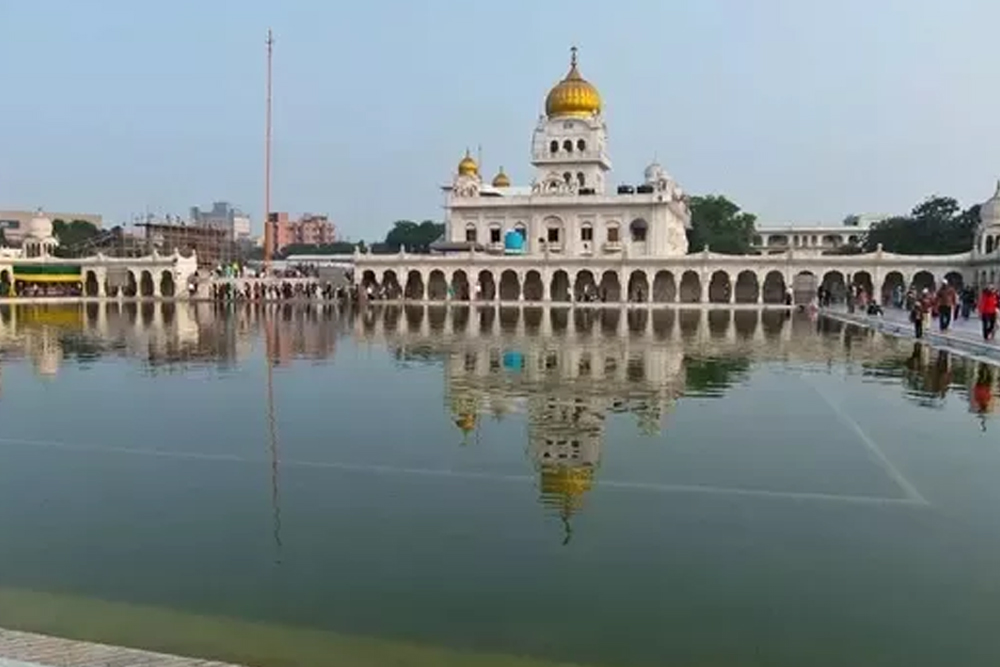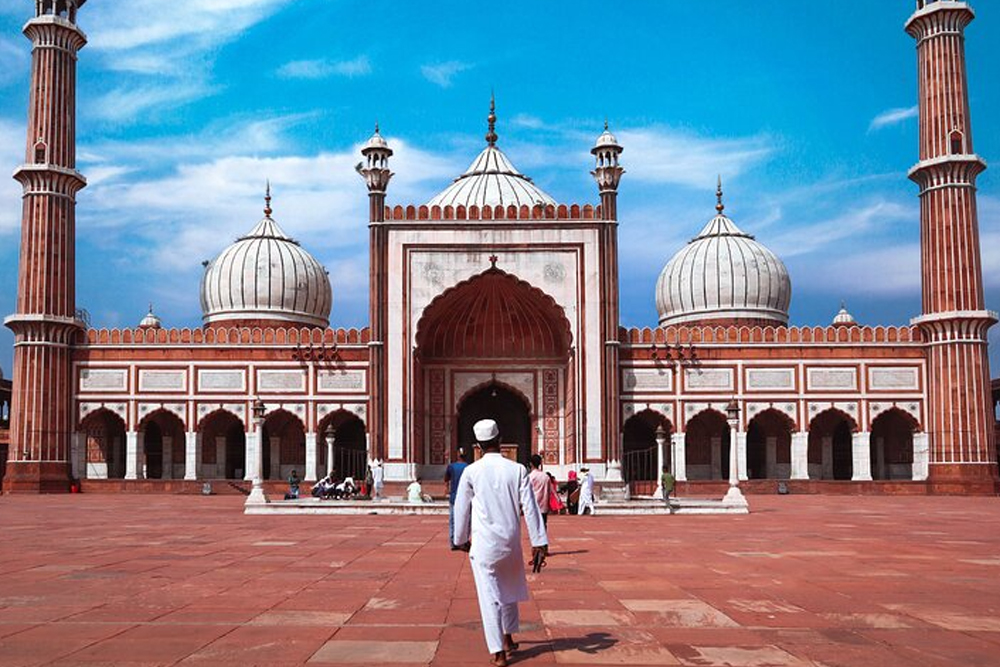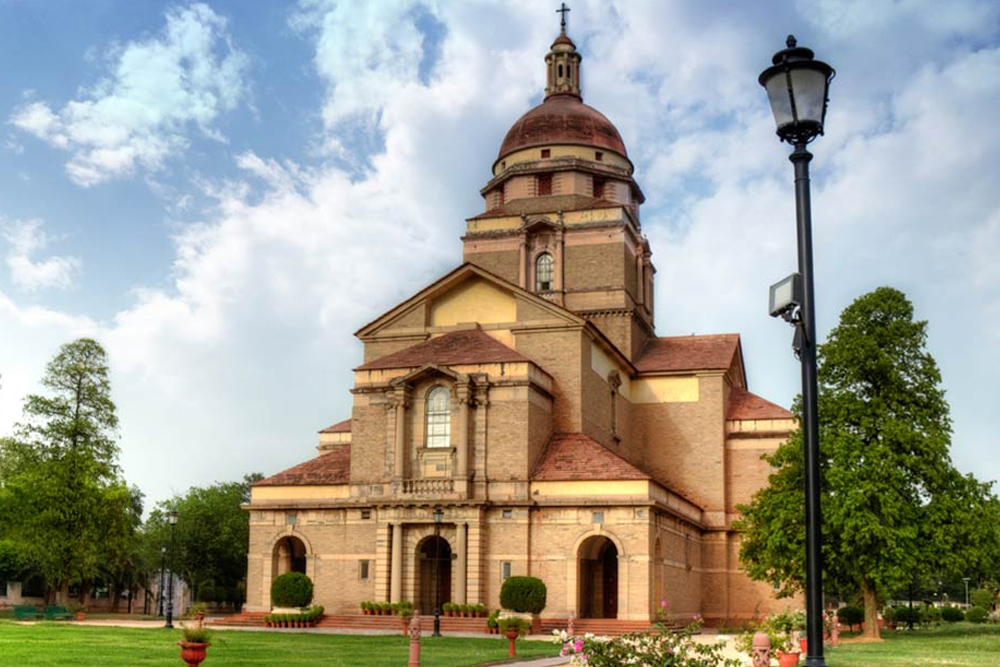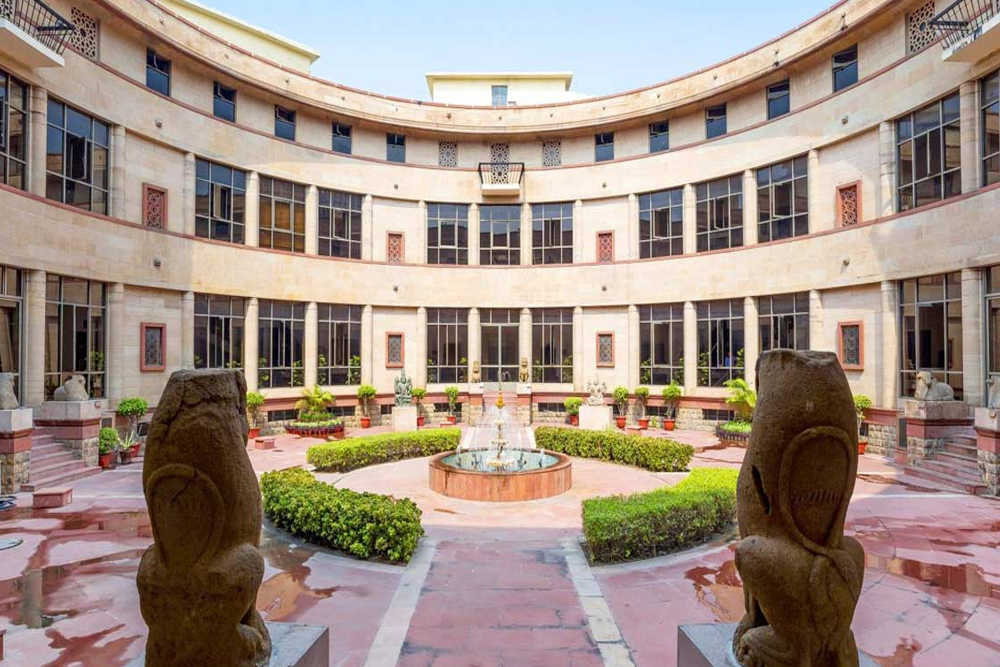Qutub Minar: A Towering Icon of Delhi's Heritage
- Home
- Tourist Places
- Qutub Minar: A Towering Icon of Delhi's Heritage
Qutub Minar: A Towering Icon of Delhi's Heritage
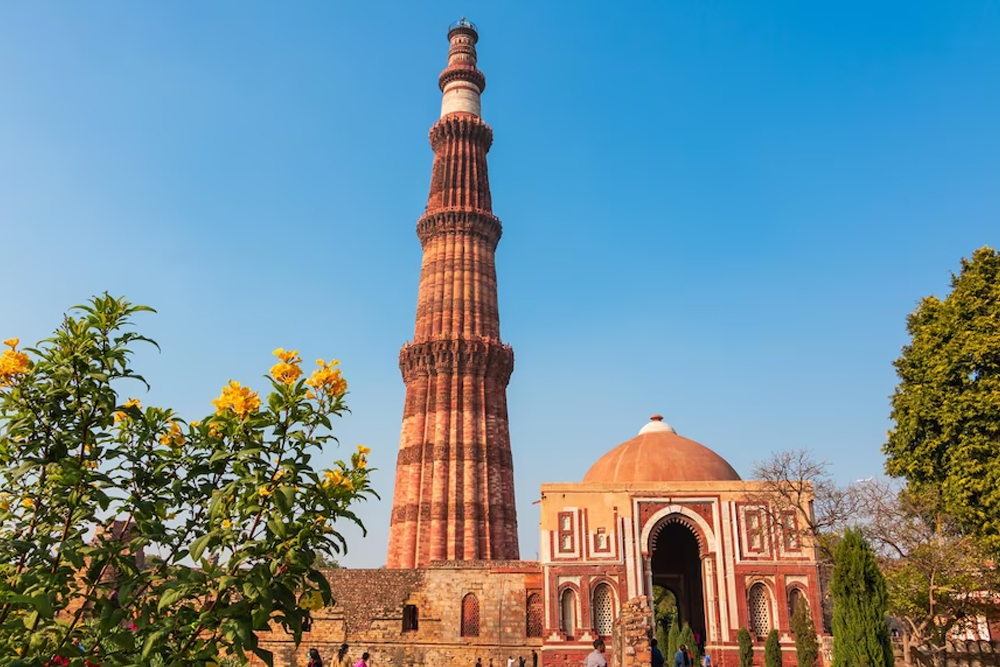
The Qutub Minar, situated in the Qutb complex of Mehrauli in South Delhi, stands as a remarkable testament to Delhi's rich history. Constructed under the rule of Qutub-ud-din Aibak, the first storey of this iconic red sandstone tower was initiated around 1192, marking the inception of the Delhi Sultanate. Over time, subsequent rulers added to its grandeur, with Iltutmish, Aibak's successor, completing three additional storeys by 1220. However, tragedy struck in 1369 when lightning destroyed its top storey. Firoz Shah Tughlaq undertook the restoration, even adding another storey, resulting in the tower reaching a towering height of 72.5 meters adorned with intricate carvings and verses from the Quran.
Lodhi Gardens, formerly known as Lady Willingdon Park, offers a serene retreat amidst its 15th and 16th-century monuments nestled amidst lush lawns, blooming flowers, and tranquil ponds. Noteworthy among these monuments are the Tomb of Sikandar Lodi, Bara Gumbad, and Shisha Gumbad.
Tughlaqabad, built under the reign of Ghazi Malik in 1321, remains a testament to the Tughlaq Dynasty's strength, as it stands as one of Delhi's most formidable forts, completed within a remarkable four years.
Constructed on an island in the Yamuna River in 1546 by the Suri Dynasty, Salimgarh Fort, now part of the Red Fort complex, serves as a poignant reminder of Delhi's historical fortifications.
Purana Quila (Old Fort), while lacking the opulence of later Mughal forts, stands as a sturdy example of Mughal military architecture. Originally built by the Pandavas, it was later renovated by Humayun and further modified by Sher Shah Suri, boasting robust walls designed for defense.
Chandni Chowk, the bustling heart of Delhi, echoes the bygone era of Shahjahanabad, offering a vibrant marketplace renowned for its culinary delights and exquisite handicrafts. This lively hub, envisioned by Shah Jahan, continues to thrive, embodying the cultural diversity and harmony of Delhi.
Safdarjung's Tomb, a magnificent garden tomb encased in marble, serves as a testament to the grandeur of the Mughal era.
Commissioned by Empress Bega Begum in 1569, Humayun's Tomb stands as a UNESCO World Heritage Site, immortalizing the legacy of the Mughal emperor Humayun.
Red Fort, steeped in history, serves as a symbol of India's independence, hosting the annual flag hoisting ceremony on Independence Day.
Jantar Mantar, an architectural marvel consisting of 13 astronomy instruments, stands as a tribute to Maharaja Jai Singh II's passion for astronomy.
Siri Fort, a historic stronghold built during the reign of Alauddin Khilji, stands as a reminder of Delhi's tumultuous past.
Finally, the Iron Pillar, standing tall within the Qutb complex, remains a metallurgical wonder, bearing testament to ancient craftsmanship and engineering prowess.
Tourist Places

Qutub Minar: A Towering Icon of Delhi's Heritage
Tourist Places
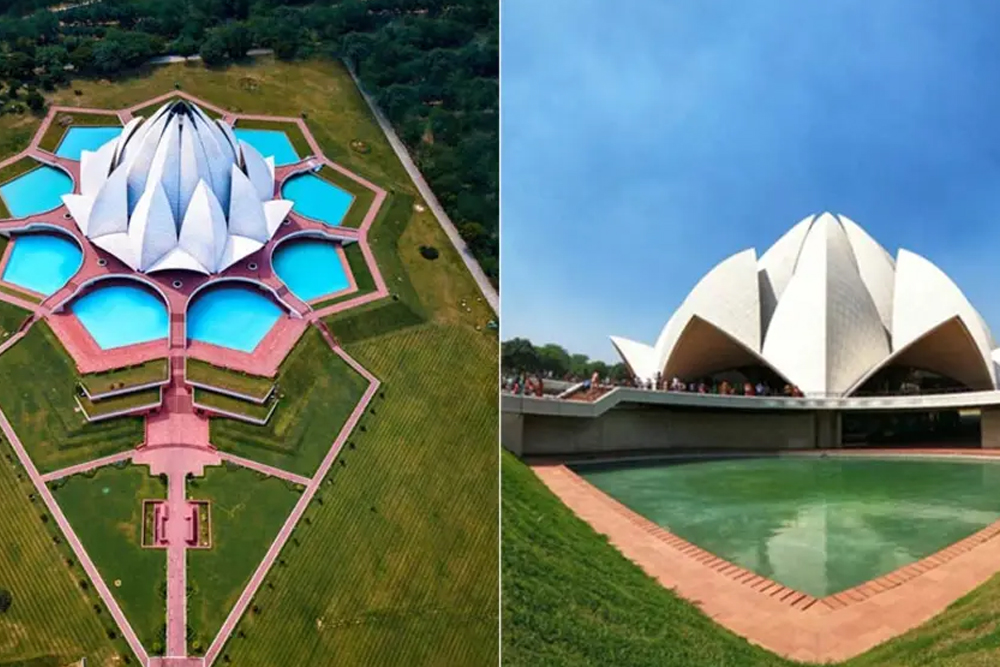
Discovering the Iconic Lotus Temple: A Symbol of Unity
Tourist Places
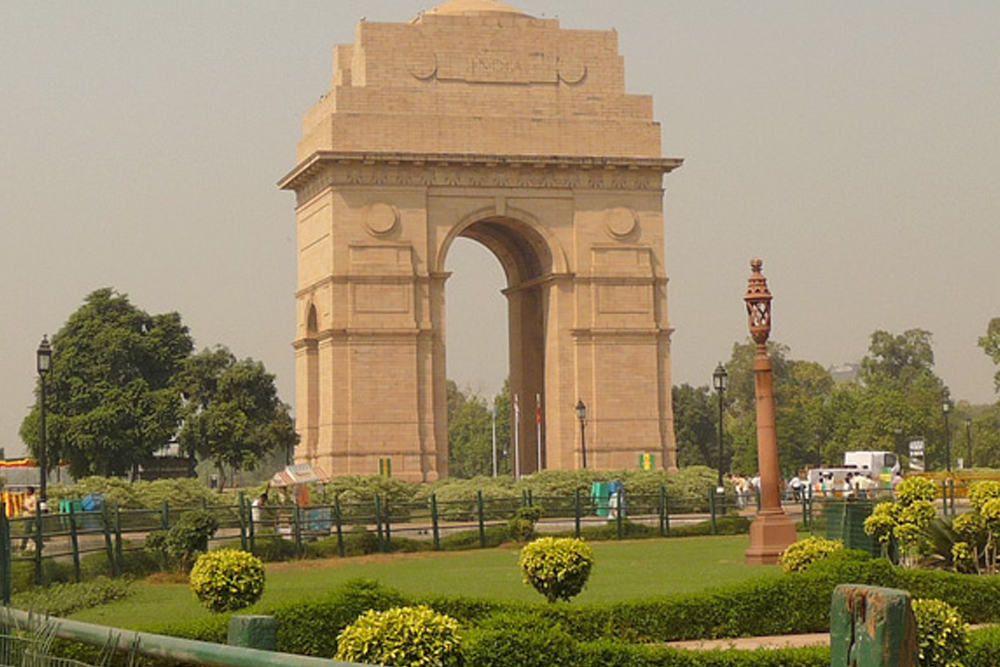
India Gate: A Symbol of Remembrance and Honor
Tourist Places
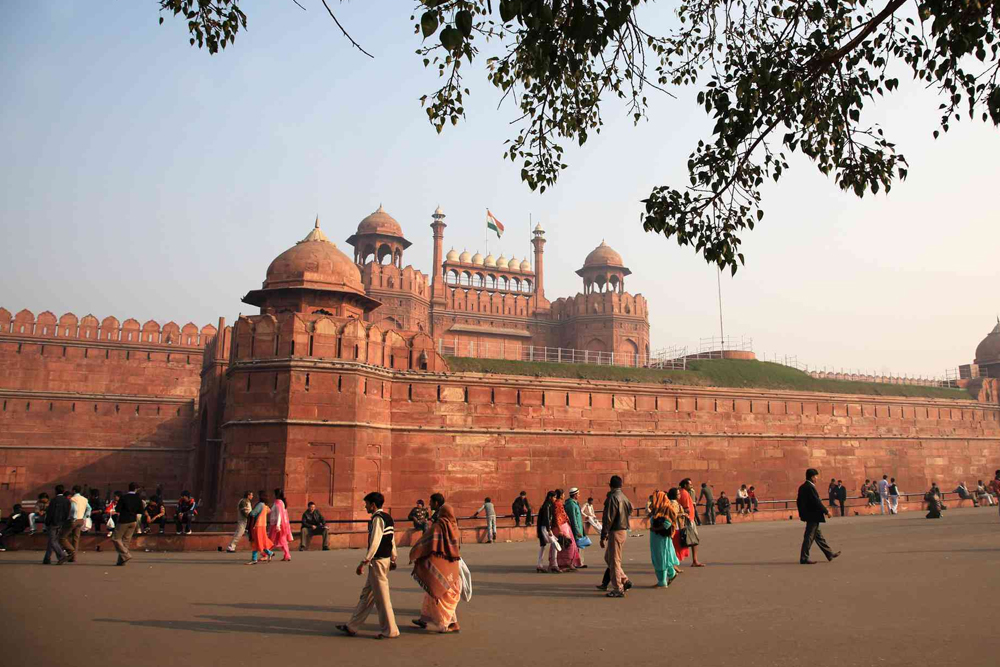
The Red Fort: A Symbol of Mughal Grandeur
Tourist Places
